“Use less plastic” is often seen as the go-to message for sustainability, but environmental responsibility goes deeper.
For children's toys, what matters isn’t just the material itself, but also safety, durability, and how the toy fosters meaningful interaction.
Toymany uses non-toxic, BPA- and phthalate-free PVC to support safer, longer-lasting use. While PVC is not without impact, we remain committed to minimizing our environmental footprint through thoughtful design and responsible manufacturing.
On the occasion of World Environment Day, it’s a good moment to reflect on how we can all reduce plastic where possible — and protect the planet we share.
Learning Through Play: How Toymany Models Spark Curiosity and Care
Every Toymany figure begins with a real species, not a cartoon version, but a lifelike reflection of nature.
From endangered yellow-eyed penguins to rare lemurs. These aren't just collectibles; they’re conversation starters. With a little creativity, parents and educators can turn playtime into an ecological journey.
They might not realize it right away, but through play, children absorb ideas about extinction, biodiversity, and the fragile ties between humans and habitats. Our latest Madagascar set, for example, isn’t just about animals — it quietly tells a story of human activities and vanishing ecosystems.
Did you know that a few simple ingredients can turn playtime into a miniature world of nature? One popular setup recreates an Arctic habitat:
- Mix shampoo with baking soda to make fluffy, snow-like sensory play material (we mentioned this in our Penguin blog).
- Add plenty of ice cubes — it brings a refreshing chill, perfect for hot summer days;
- Then, introduce Toymany’s animal figurines — like polar bears or moose, and walrus , and suddenly, the scene comes to life.

Toymany figures help kids see nature not as something distant, but as something they can touch, learn about, and care for. A ring-tailed lemur becomes a story about deforestation. A radiated tortoise tells of illegal trade. Figurines may be small, but they build bridges to big ideas.
Want to see more play-and-learn setups? Visit our TikTok or YouTube for more sensory play inspiration.
Durable, Reusable, Collectible
In a world striving to end plastic pollution — the theme of the 2025 World Environment Day — it’s worth asking: what makes a toy truly sustainable?
Toymany figures take a different path. These hand-painted models are built to last, not just physically, but emotionally too. They're handled with care, passed between generations, and often used for years in learning corners, nature shelves, or simply as companions in imaginative play.
What makes them special isn't just their realistic detail, but how they grow with the child. A penguin figurine might first teach a toddler what “cold” means, then later become a storytelling prop, and eventually take its place on a bookshelf as a memory of childhood curiosity. This is sustainability beyond materials, a quieter kind, rooted in reuse, emotional connection, and long-term value.
With World Environment Day 2025 focusing on land restoration, this kind of lasting connection matters more than ever. Reusable toys that spark a child’s bond with nature — and don’t end up in landfills — are one small way to support a healthier planet.
As World Environment Day approaches, this piece might serve as a gentle reminder: true sustainability isn’t always about using less plastic; sometimes, it’s about using things longer, and using them better.

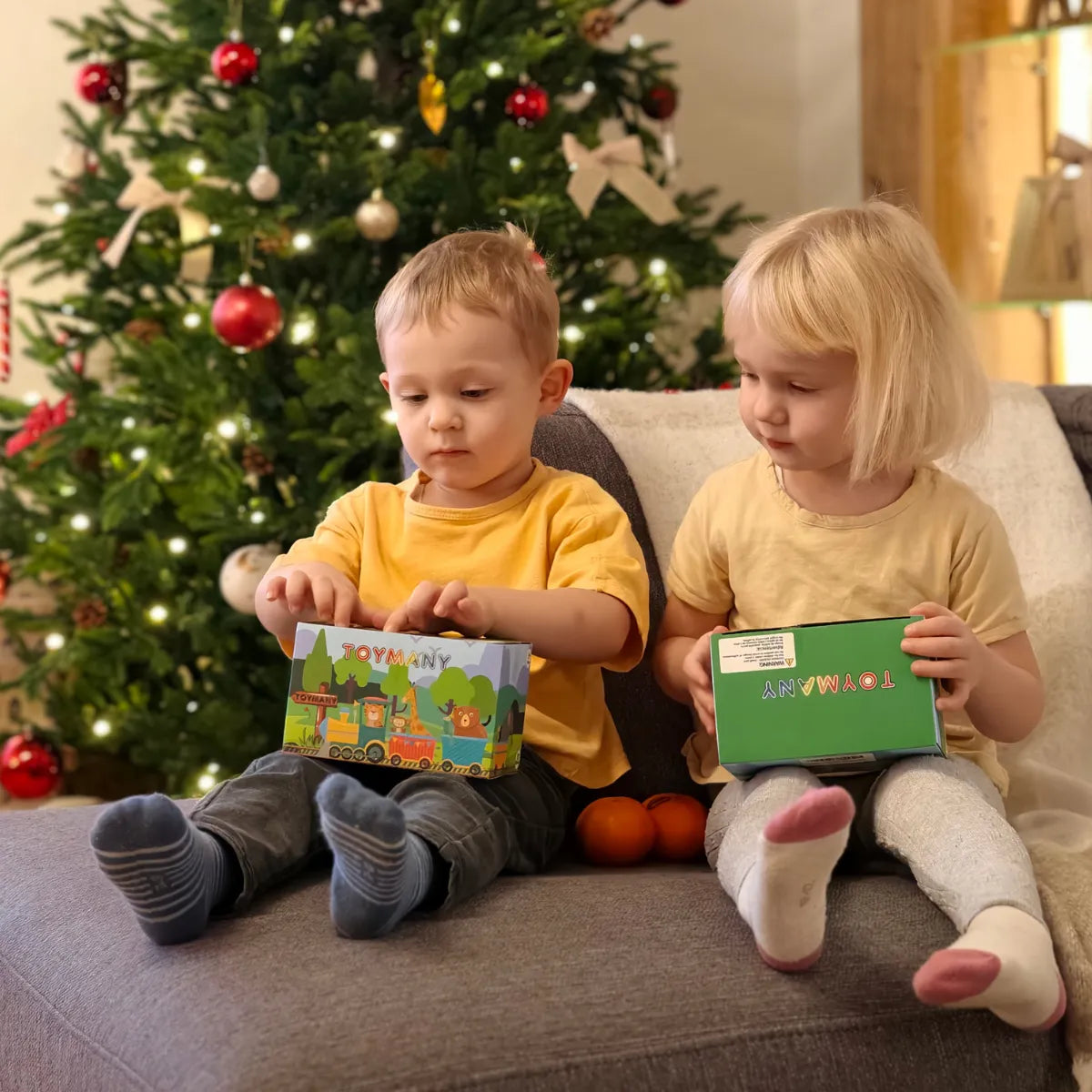
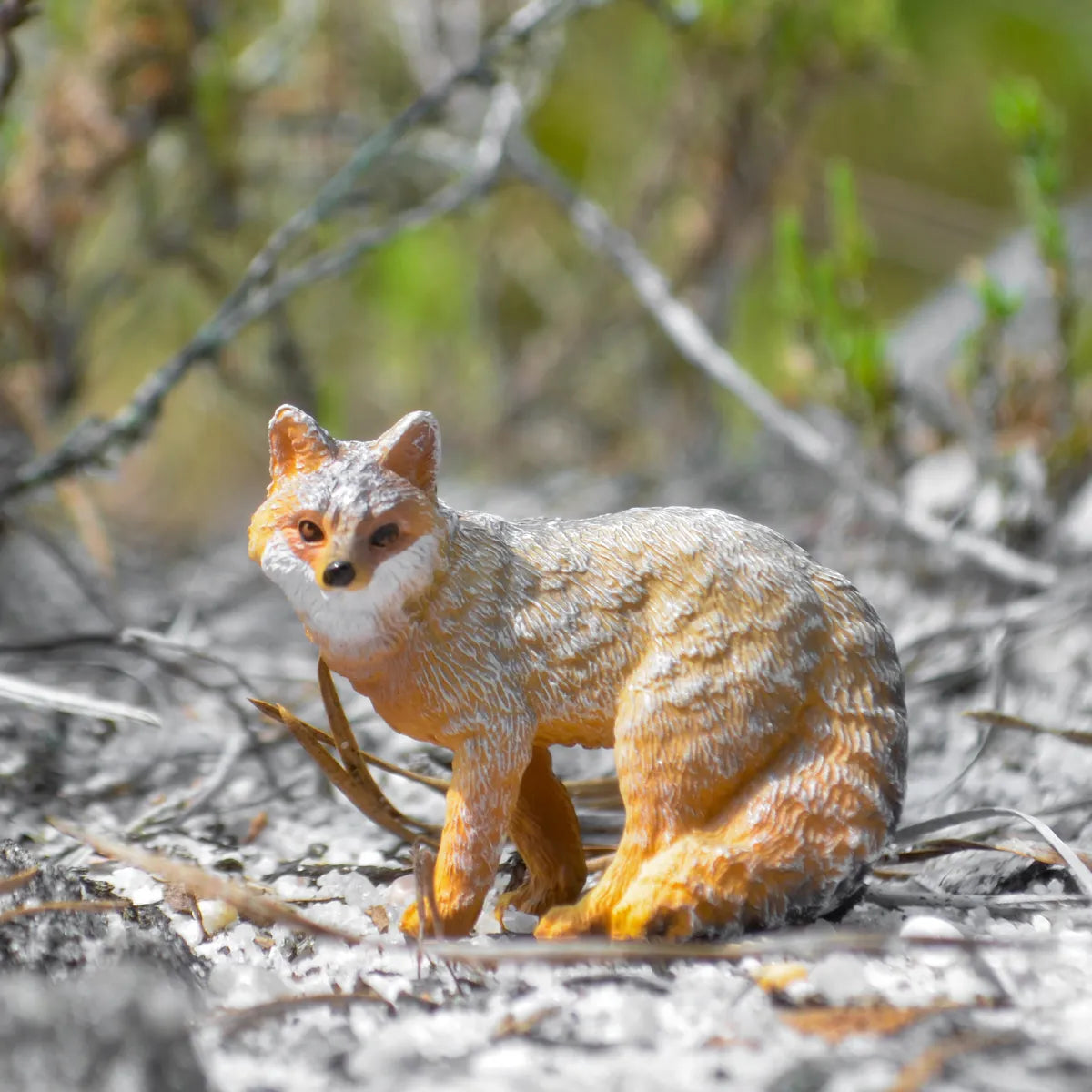
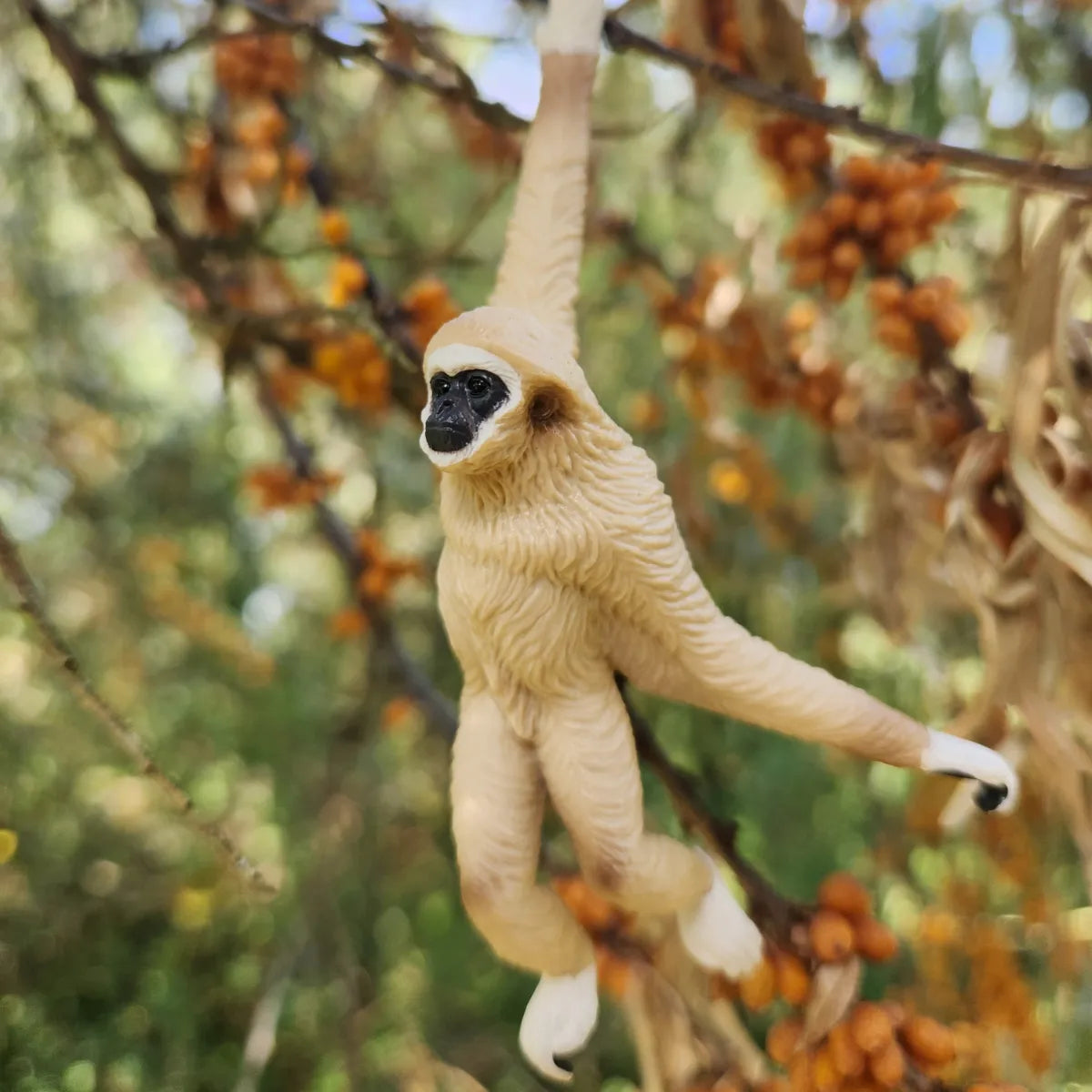
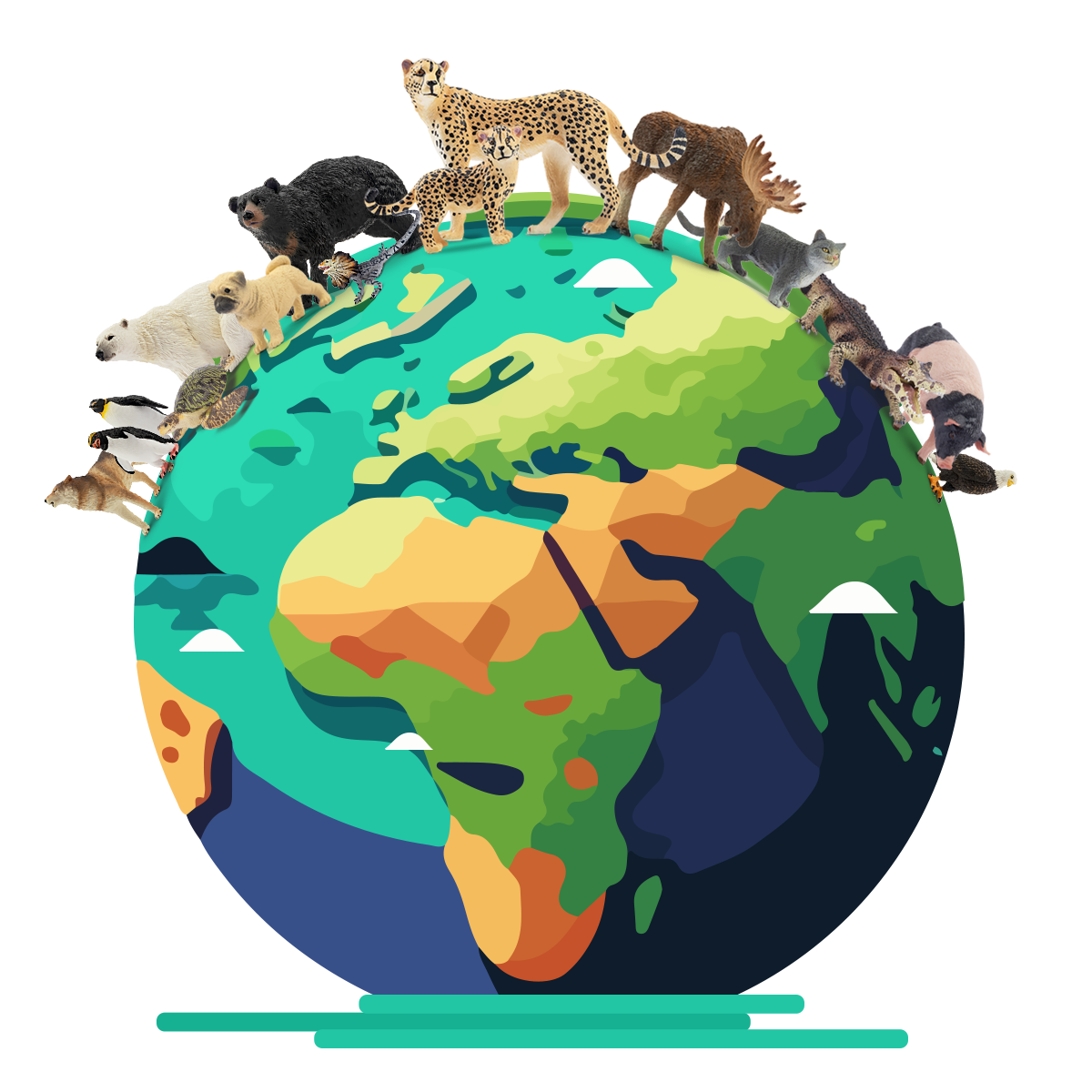
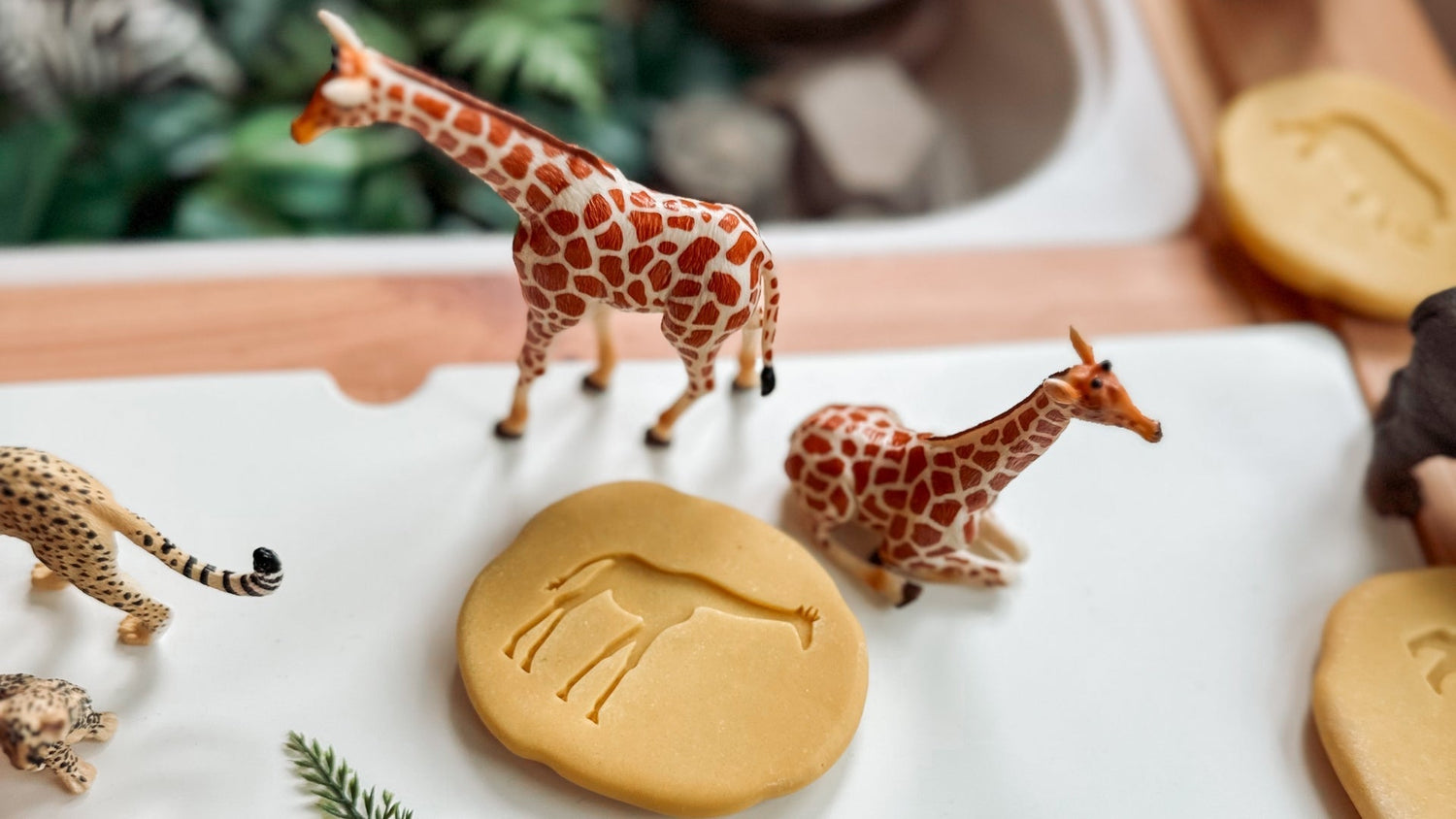
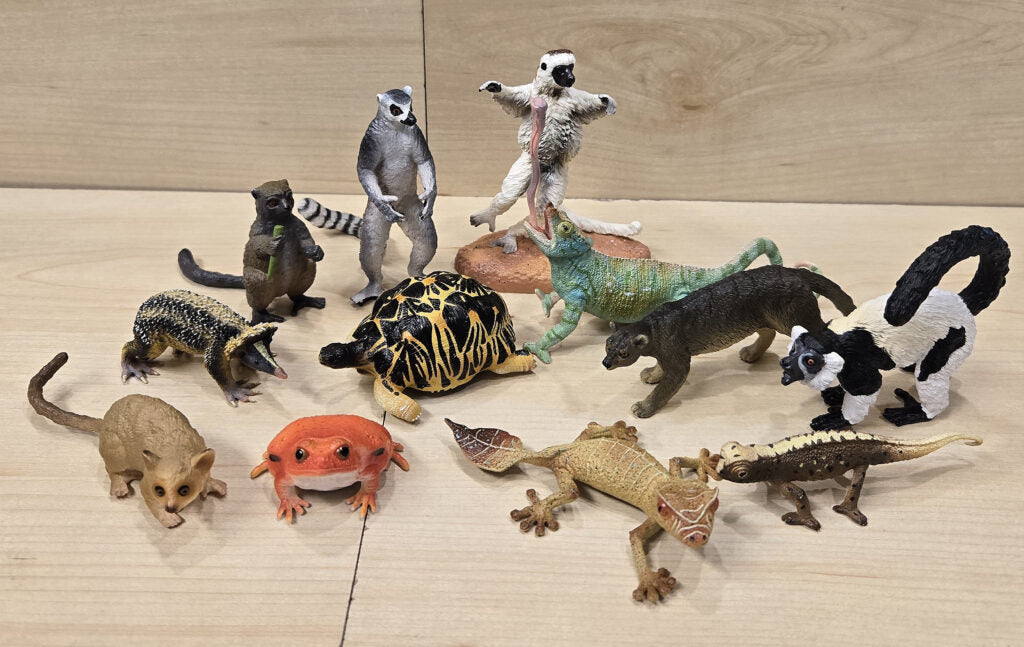
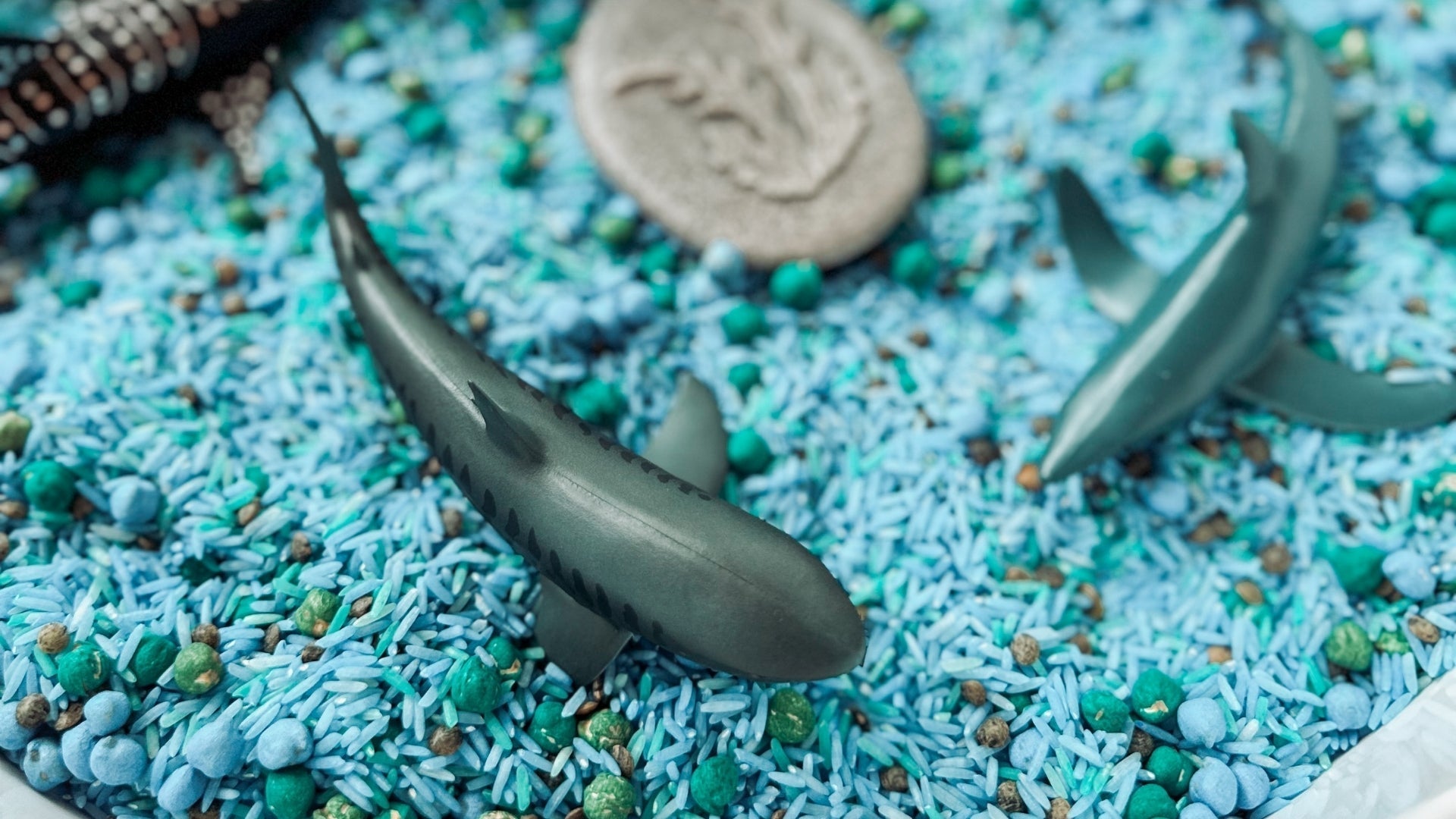
Leave a comment
All comments are moderated before being published.
This site is protected by hCaptcha and the hCaptcha Privacy Policy and Terms of Service apply.